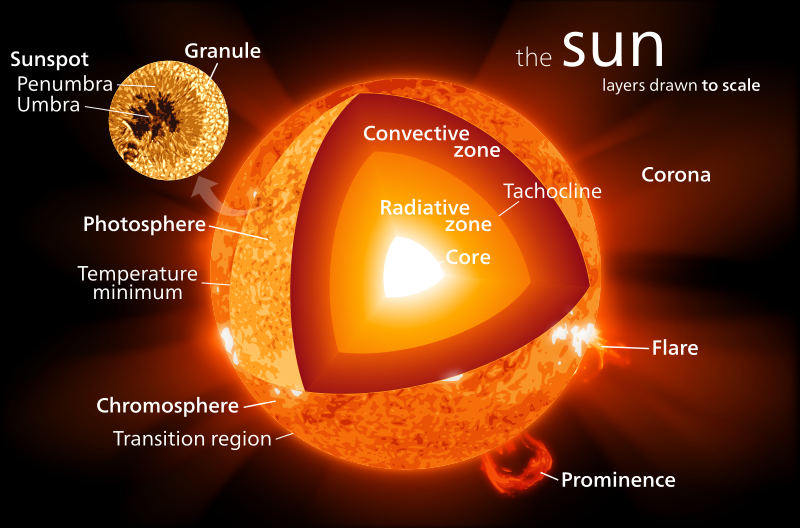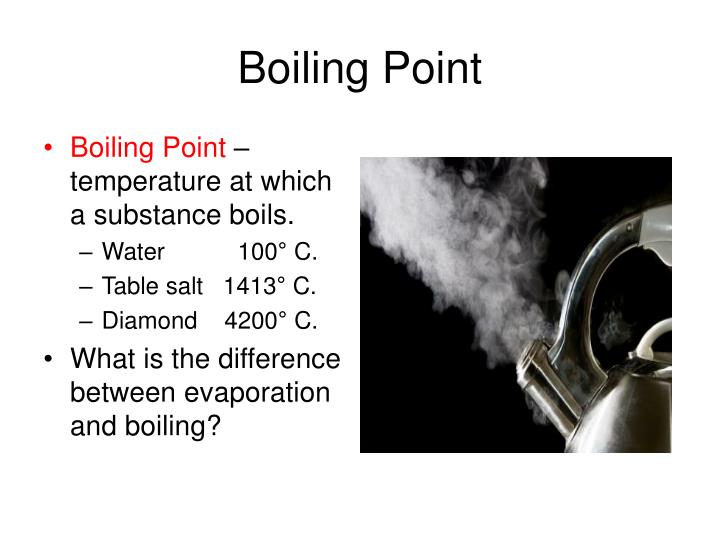

What they found was that light curves differed when they were measured at different wavelengths. The team of scientists observed the star as though there was only one group of sunspots across the entire surface, a rare occurrence, in order to gather more details. “On other stars, you might only get one pixel showing the entire surface, so we wanted to create a template to decode activity on other stars.” Using solar observing satellites, we can resolve signatures on the surface 100 miles wide,” Vladimir Airapetian, an astrophysicist at NASA’s Goddard Space Flight Center in Greenbelt, Maryland and co-author of the new study, said in a statement. The data created a simulated view of distant stars, looking at the effect of sunspots on the atmosphere of a star as though it was not our Sun. “So, we used the solar data as if it came from a distant star to have a better connection between solar physics and stellar physics.” “We wanted to know what a sunspot region would look like if we couldn’t resolve it in an image,” Shin Toriumi, a scientist at the Institute of Space and Astronautical Science at Japan Aerospace Exploration Agency, and lead author of the new study, said in a statement. Why the atmosphere gets so hot has been a mystery for decades SOHO’s observations are helping to solve this mystery.Sunspots can be seen across the solar surface, and are a good indication of solar activity and major flareups.

The corona is about 2 million K (3.6 million degrees F), much hotter than the visible surface, and it is even hotter in a flare.

Above the surface is a region of hot plasma called the corona. It can be detected in red hydrogen-alpha light meaning that it appears bright red. The name chromosphere is derived from the word chromos, the Greek word for color. Just above the photosphere is a thin layer called the chromosphere. The Sun’s visible surface the photosphere is “only” about 5,800 K (10,000 degrees F). Compared to the amount of time it takes to get through the radiative zone, energy is transported very quickly through the outer convective zone. Instead, huge convection currents form and large bubbles of hot plasma move up towards the surface (similar to a boiling pot of water that is heated at the bottom by a stove). It takes several hundred thousand years for radiation to make its way from the core to the top of the radiative zone! In the outermost of the two shells, where the temperature drops below 2,000,000 K (3.5 million degrees F) the plasma in the Sun’s interior is too cool and opaque to allow radiation to pass. The radiation does not travel directly outwards – in this part of the Sun’s interior, the plasma density is very high, and the radiation gets bounced around countless numbers of times, following a zig-zag path outward. This “radiative zone” extends about three-quarters of the way to the surface. In the innermost shell, right above the core, energy is carried outwards by radiation. Since we can’t see inside the Sun, most of what astronomers know about this subject comes from combining theoretical models of the Sun’s interior with observational facts such as the Sun’s mass, surface temperature, and luminosity (total amount of energy output from the surface).Īll of the energy that we detect as light and heat originates from nuclear reactions deep inside the Sun’s high-temperature “core.” This core extends about one-quarter of the way from the center of Sun (where the temperature is around 15.7 million kelvin (K), or 28 million degrees Fahrenheit) to its surface, which is only 5778 K “cool”.Ībove this core, we can think of the Sun’s interior as being like two nested spherical shells that surround the core. The process by which energy escapes from the Sun is very complex. The energy produced through fusion in the Sun’s core powers the Sun and produces all of the heat and light that we receive here on Earth. and finally the outermost layer, the corona.then there is the visible surface known as the photosphere,.the solar interior composed of the core (which occupies the innermost quarter or so of the Sun’s radius),.From the center out, the layers of the Sun are as follows: The Sun, as shown by the illustration to the left, can be divided into six layers.


 0 kommentar(er)
0 kommentar(er)
